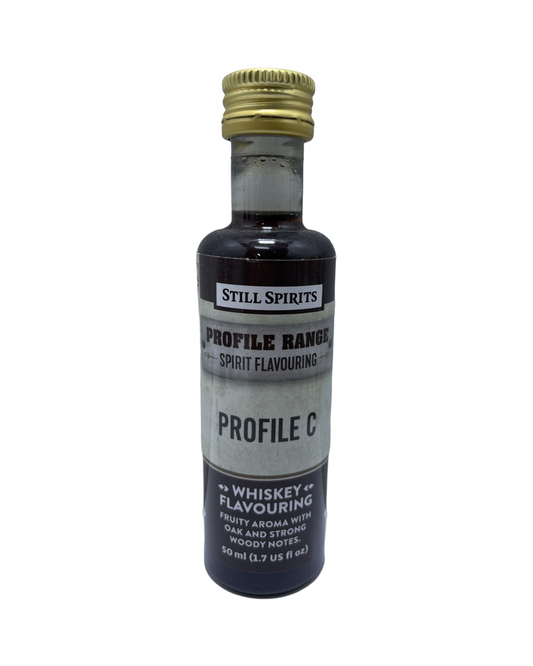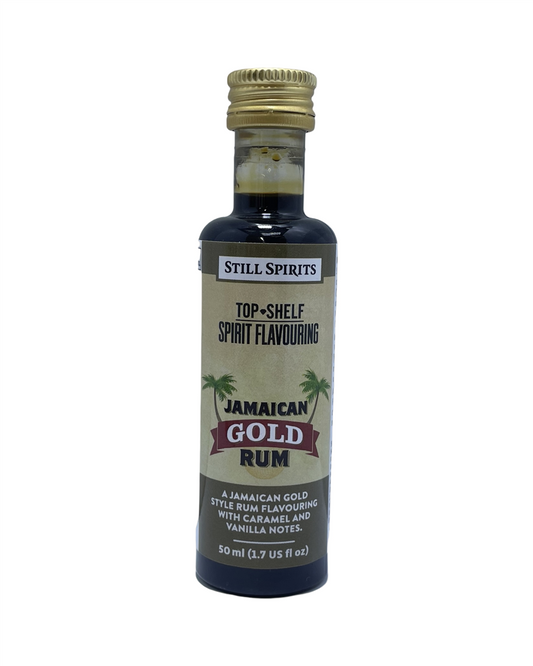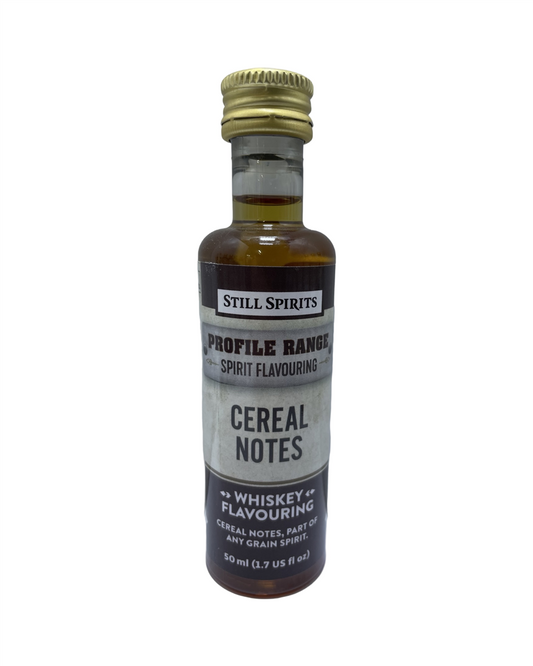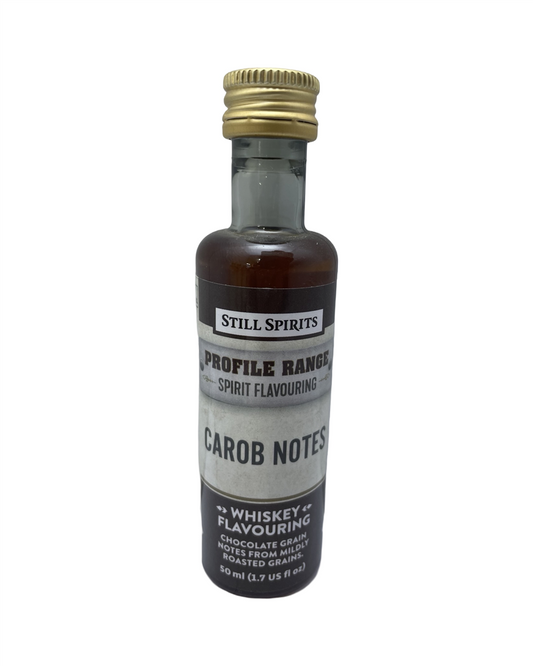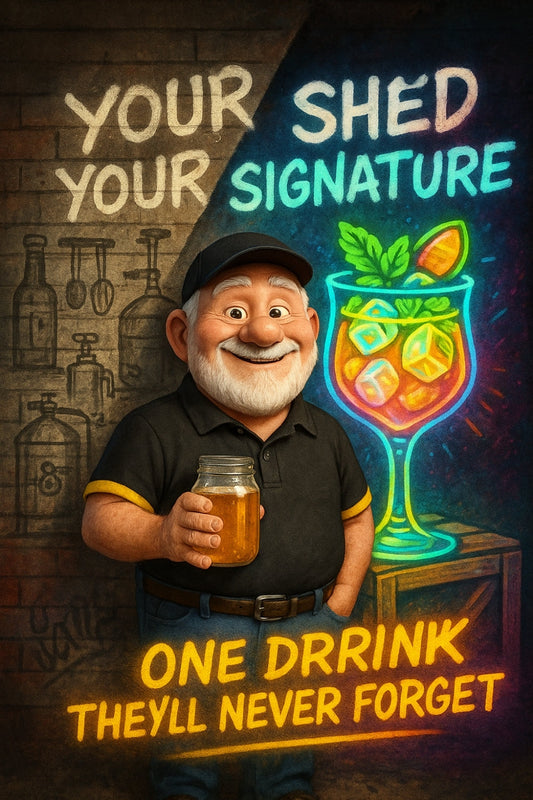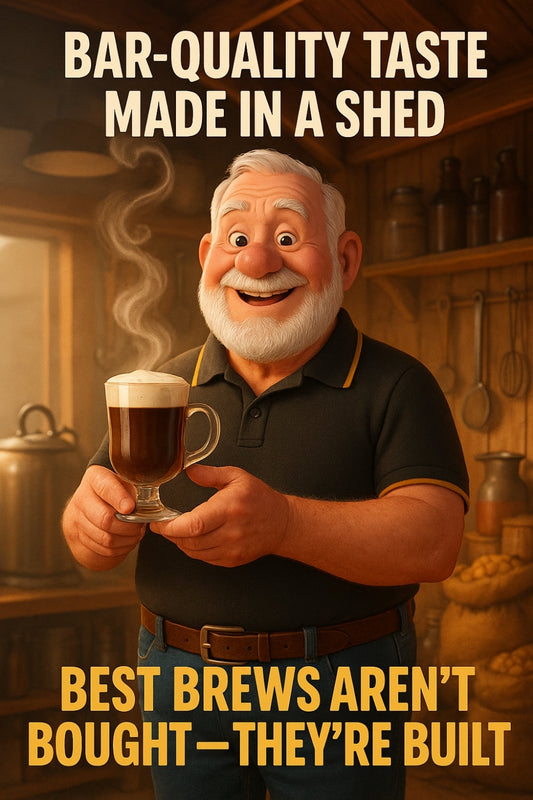Coopers kits swear by it — your beer’s missing that fizz snap for one tiny reason.
Share
From Flat Fizz to Proper Pop: Mastering Carbonation in Your Homebrew
Why nailing carbonation is the tipping point between “eh” and “excellent” beer
There’s a moment — right when you crack open a bottle — where your brew either whispers... or sings. That fizzy little hiss? It’s not just sound — it’s applause. Perfect carbonation doesn’t just make your beer feel right on the tongue. It upgrades your whole brew from backyard project to something you'd happily pour for your mates at a footy night.
Let’s start here: not all bubbles are created equal
Carbonation is what gives your beer its liveliness. Too little and it drinks like week-old tea. Too much and it’s a foamy geyser that hits the ceiling. Done well, it lifts aroma, improves flavour balance, and makes even a basic pale ale taste crisp and done right.
The three main ways to carbonate your brew:
- Natural Bottle Conditioning: This tried-and-true method adds priming sugar just before bottling. The yeast munches on it inside the bottle, releasing CO2 that dissolves into the beer over time.
- Keg Forced Carbonation: If you’ve upgraded to kegs, you can pressurise the beer using a CO2 tank — giving you full control over the fizz factor.
- Carbonation Drops: These are pre-measured sugar tablets for bottling. Simple, clean, and perfect for beginners chasing consistency.
Why natural carbonation still reigns for home setups
There’s something old-school charming about letting yeast do the work. For beginners and small-batch brewers, bottle conditioning offers reliability without extra gear. It’s also forgiving — a week or two in the bottle and you’re golden. Just store them upright, somewhere around 18-22ºC, and let the magic happen.
But there’s a sweet spot — and too often, it’s missed
Ever cracked a homebrew and barely got a fizz? Chances are the sugar level was too low or the yeast had tapped out. On the flip side, over-carbonating can be a real mess — sticky benchtops, half a beer sacrificed to foam, and a few colourful phrases muttered under breathe.
One local regular once told me, “I lost half my double IPA to Mount Foamageddon last Christmas.” He now bottlenecks every batch with a Coopers Brew Enhancer 3 alongside his normal sugar mix. Not just for fizz — it tightens up the mouthfeel and gives a bit more push to heavier styles.

Why it works: Designed to maximise head retention, mouthfeel, and malt character, Coopers Brew Enhancer 3 contains a blend of dextrose, maltodextrin, and light dry malt. Great for full-bodied beers that call for a proper pour.
So, what’s the absolute best way?
It depends on your gear, your patience, and what kind of setup you’ve got tucked in the shed. Here’s the punchline:
- For simplicity and tradition: Go natural with priming sugars.
- For precision and speed: Keg it and control it with gas.
- For consistency: Use carbonation drops — perfect for first-timers or short brew runs.
- Want a little more heft and improved consistency? Add in Coopers Brew Enhancer 3 to the mix.
How to avoid rookie carbonation mistakes
Start by measuring right. Don’t eyeball sugar amounts — use a scale or measured drops. Going too heavy is how beers explode (literally!)
Be patient. Two weeks minimum for bottle conditioning. Good things come to those who wait — and don’t open their batch early out of curiosity.
Temperature matters. If it’s too cold (below 18ºC), your yeast takes a nap. Store them warm, then shift to the fridge a day or two before pouring.
Keg-life vs. Bottle-life: which side are you on?
Bottling has character, no doubt. But once you’ve tasted a brew off your own kegerator — crisp, fizzed to perfection, poured like a pub head — it’s hard to go back. That said, kegs require a bit more kit (regulators, lines, gas bottles, connectors, etc.) and take up space. They’re a game changer, but not an entry-level move.
"Carbonation is the cherry on top of a well-brewed batch. You can get everything else right — malt, hops, temps — but if the fizz’s off, it ruins the show." — Candeece, Strathalbyn Homebrew Specialist
Final tip: treat carbonation like seasoning
You wouldn’t oversalt your sausage mix, right? Fizz’s the same — balanced, tuned for the beer style and flavour. Pilsners want punch, stouts prefer a softer bubble. Get familiar with your favourites. Then tweak.
Got a lager that’s feeling a bit flat? Next batch, try priming with a mix of sugar and Coopers Brew Enhancer 3. It smooths out the rough edges and gives that precise head lift — almost like it knows how the beer should drink.
Here’s the real secret every seasoned homebrewer knows…
It’s not just about bubbles. It’s about how that first sip lands. Carbonation is the handshake your beer offers the drinker — friendly, confident, refreshing. Nail that, and even a simple brew feels bloody special.
Here's to more clinks, better fizz, and beers you’ll be proud to pour. Cheers!
– Candeece

Stay Connected
Join our homebrewing community: Beer and Barrel Society on Facebook
Follow our Facebook Page: Strathalbyn H Hardware on Facebook

